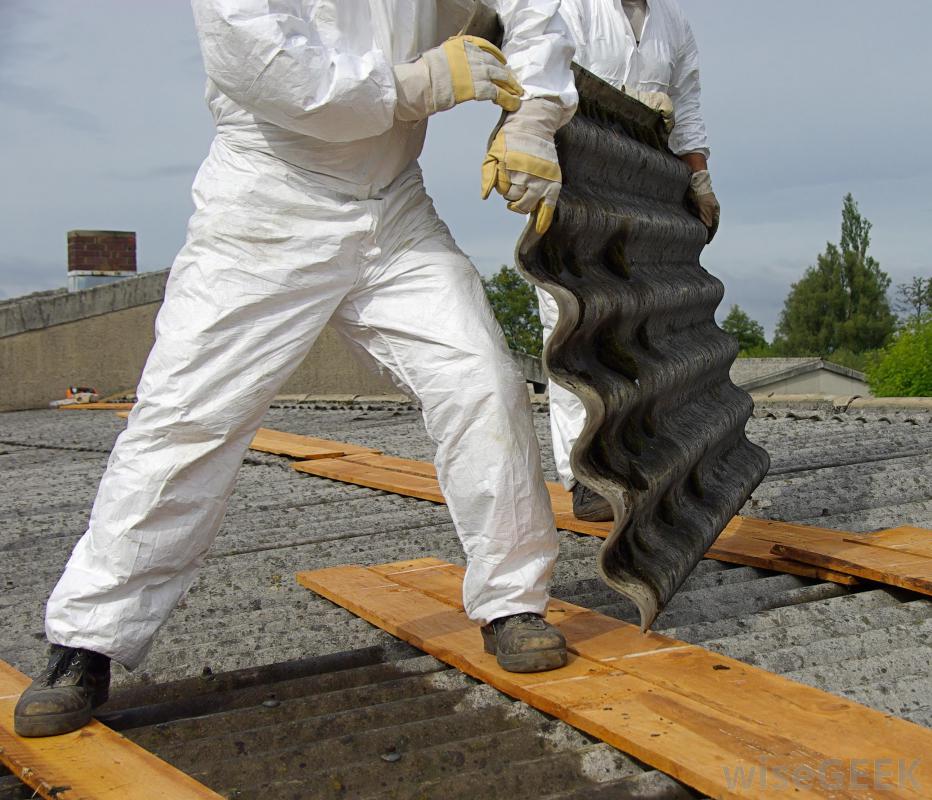Sydney is an ever-changing architectural canvas. Human-made marvels like the Sydney Opera House and the Queen Victoria Building did not just arise from nothing. Asbestos is a key component in creating a broad range of materials used for constructing houses and buildings. It is found in almost every nook and corner of every interior. The heat-resistant properties of asbestos made it universally applicable for cloistering heat in homes, tiles, ceilings, roofs, and floors.
On the other hand, there are health risks associated with the use of and exposure to asbestos. In Sydney alone, lung complications and diseases, such as mesothelioma and asbestosis, are prevalent. Asbestos exposure is common in people working at construction and home renovation sites, mines, plumbing, and electrical engineering. Therefore, careful asbestos testing and removal in Sydney has been made mandatory to contain the development of diseases related to the said gristly mineral.
Why is asbestos testing crucial?

In November 2017, the University of Sydney’s Dr. Tim Driscoll released statistical data that specified all diseases caused by asbestos exposure. Dr. Driscoll’s statistics showed that aside from mesothelioma, other forms of lung cancer, including ovarian and laryngeal cancer, are also caused by inhalation of asbestos materials.
Over time, materials and components made of asbestos break down or get chipped. When this happens, harmful particles get released from the mineral, and people close to the deteriorating material can inhale the toxic fragments into their system.
There are specific guidelines used in determining when it is time to test and remove asbestos in a building or home.
- Old structures are likely to contain damaged or depreciated asbestos
Asbestos was used more commonly in constructing homes before the 1980s. Home seekers who are into old houses should make it a point to check the materials used for building the house that piques their interest. If the interior of an old house is made of asbestos, it may be hazardous to live in as it is. And thus, it requires that asbestos-based components be removed and replaced.
- It is best to perform asbestos testing before moving into a residential space
It can be quite inconvenient to test and remove old and damaged asbestos after moving into their new home. There are professionals available who can help homeowners survey their abode’s interior and perform the necessary renovations before they finally settle in.
- Federal regulations allow homeowners to remove asbestos in their homes, but the Environmental Protection Agency (EPA) says otherwise
According to the EPA, it is safer for residential owners to seek the help of abatement professionals—trained and accredited or not—in removing asbestos from their homes. Lack of experience and proper knowledge in the basics of eliminating asbestos could pose more severe health risks for homeowners. Families or homeowners who recently moved to a different state or country should confirm with local authorities on any regulations they may have with testing and removing asbestos.
- Removing asbestos must be done with utmost precaution
Asbestos testing and removal in Sydney set the standard on how to ensure the safety of everyone while getting rid of worn-out asbestos from an area. Removing asbestos must also be done before a residential structure’s foundation is knocked down or altered. Rebuilding a house before removing all materials and properties made of asbestos can prompt and speed up the spread of fibres from the mineral.
Prevention is indeed better than cure. While eliminating traces of asbestos can prolong the renovation of an old home, it is more beneficial for the health and wellness of the people who will be occupying it in the future.
Author bio: Helen Harry is a freelance writer and a GOT fan. Apart from writing Technologies, she likes to read & write fiction. More than anything, she loves to spend her time with her family, explaining technologies to the elders.







